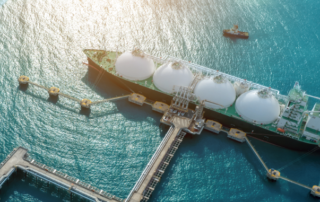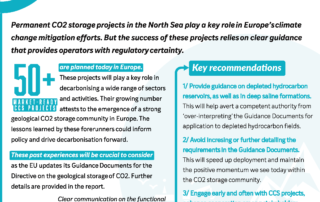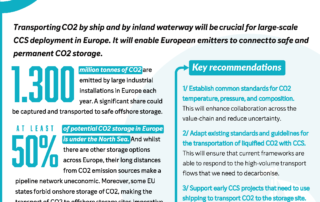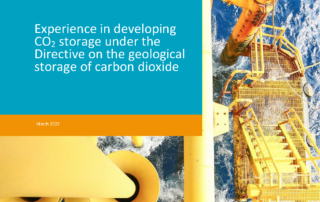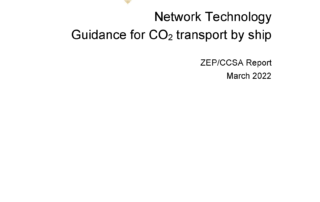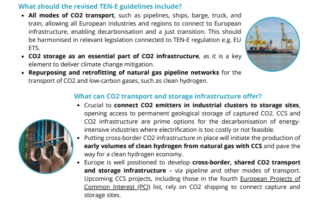Achieving a European market for CO2 transport by ship
The report aims to provide a description of the future European market for CO2 transport by ship, identify the main barriers and enablers, and provide clear policy and technical recommendations to policymakers. These recommendations seek to guarantee the emergence of a European market for CO2 transport by ship that is critical for Europe’s industrial decarbonisation.
Carbon capture and storage in a biodiversity and land use perspective
This Zero Emissions Platform report raises the discussion around CCS, CCU, DACCS, the biomass usage of BECCS, and the protection of biodiversity.
Carbon capture and storage for clean flexibility
As the European Union increases the share of renewables in the energy mix, carbon capture and storage (CCS) technologies have an important role to play in energy system integration. This report documents the findings of a workgroup convened by ZEP to address this requirement.
Infographic – Experience in developing CO2 storage under the Directive on the geological storage of carbon dioxide
This factsheet summarises the findings and conclusions of the ZEP report Experience in developing CO2 storage under the Directive on the geological storage of carbon dioxide. The report is the outcome of a workgroup convened by the Zero Emissions Platform, aiming to facilitate the work of operators and public authorities working on the deployment of CO2 storage projects.
Infographic – Guidance for CO2 transport by ship
Transporting CO2 by ship and by inland waterway will be crucial for climate action. A ZEP report documents addresses addresses key challenges in this area.
Experience in developing CO2 storage under the Directive on the geological storage of carbon dioxide
Permanent CO2 storage forerunner projects in the North Sea play a key role in Europe's climate change mitigation efforts. But the success of these projects relies on clear guidance that provides operators with regulatory certainty. This report documents the findings of a workgroup convened by ZEP to address this requirement.
Guidance for CO2 transport by ship
Transporting CO2 by ship and by inland waterway will be crucial for climate action. This report documents addresses addresses key challenges in this area.
Infographic – Revision of the TEN-E Regulation
This infographic summarises ZEP's response to the revision of the Trans-European Energy Infrastructure (TEN-E) regulation. ZEP supports the European Union’s commitment to reach climate neutrality by 2050, defined as net-zero greenhouse gas (GHG) emissions by 2050. To this end, carbon capture and storage (CCS) and carbon capture and utilisation (CCU) technologies play a crucial role. As geological storage sites are not evenly distributed among member states, the large-scale deployment of cross-border, European CO2 transport and storage infrastructure is crucial to reach the European Union’s objective of net-zero GHG emissions by 2050. This infrastructure will enable clean, competitive energy and industrial sectors, early large-scale clean hydrogen and, not least, the delivery of significant volumes of carbon emission reductions and removals.

